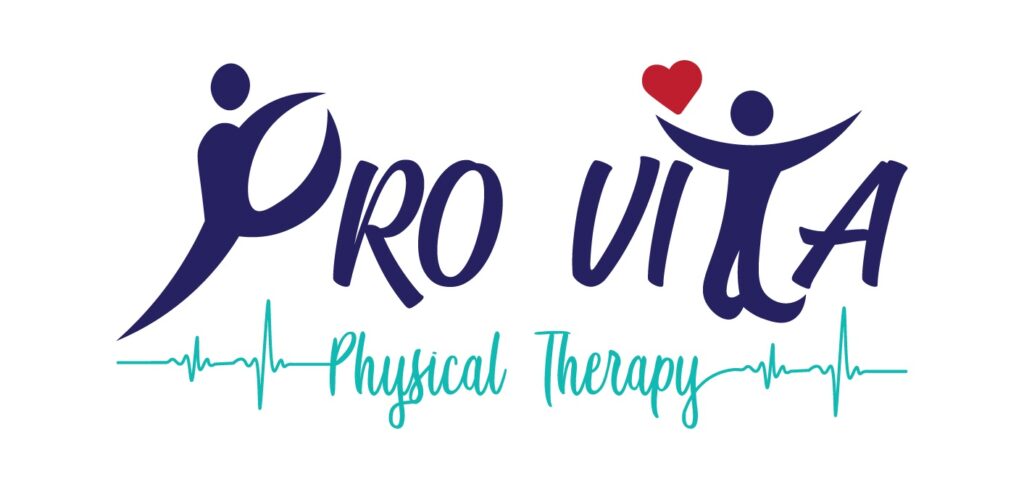WHAT TO EXPECT
Your first visit to a physical therapist will typically involve a thorough evaluation of your condition. The therapist will ask you about your symptoms, medical history, and lifestyle. They will also perform a physical examination, including range-of-motion tests, strength tests, and gait analysis.
Once the therapist has a good understanding of your condition, they will develop a treatment plan. This plan will be tailored to your individual needs and goals. It may include a combination of the following:
- Stretching: Stretching exercises can help to improve the flexibility of your muscles and joints. This can help to reduce pain and improve your range of motion.
- Strengthening: Strength exercises can help to improve the strength of your muscles. This can help to support your joints and reduce the risk of further injury.
- Manual therapy: Manual therapy techniques, such as massage, can help to reduce pain and inflammation. They can also help to improve the range of motion of your joints.
- Functional training: Functional training exercises help you to improve your ability to perform everyday activities. This type of training may include walking, running, or climbing stairs.
- Education: Your physical therapist will also provide you with education about your condition and how to manage it. This may include information about proper body mechanics, stretching, and strengthening exercises.
The frequency and duration of your physical therapy sessions will vary depending on your individual needs. You may need to attend sessions once or twice a week for several weeks. In some cases, you may also be given exercises to do at home.
Physical therapy can be an effective way to improve your range of motion, strength, and function. It can also help you to reduce pain and manage your condition. If you are experiencing pain or limited mobility, talk to your doctor about whether physical therapy could be right for you.
Here are some additional tips for getting the most out of physical therapy:
- Be consistent with your exercises.
- Listen to your body and don’t push yourself too hard.
- Communicate with your physical therapist about your pain and progress.
With patience and consistency, physical therapy can help you to improve your condition and get back to your active lifestyle.
